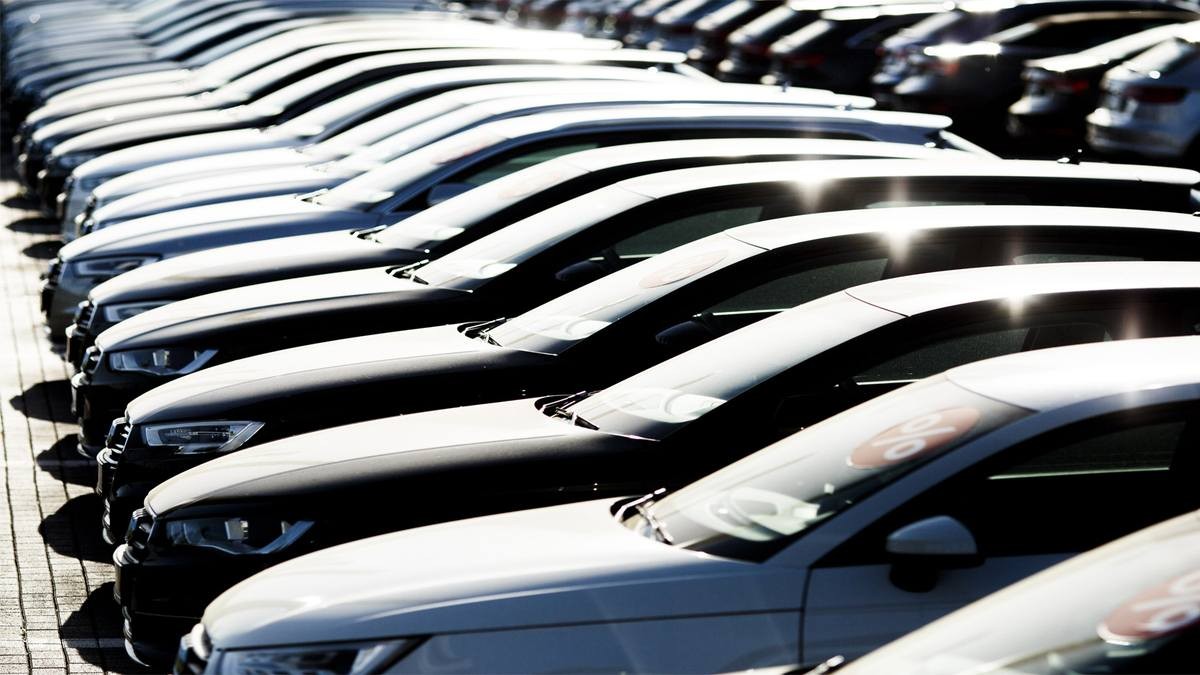Brakes are undoubtedly the unsung heroes of the automotive world. They may not be as flashy as a beautiful new paint job or a roaring engine, but they are absolutely crucial for your safety on the road.
If you’ve ever wondered about the different types of brakes available, you’ve come to the right place. Hit the brakes on any confusion and get ready to explore the intricate world of car brakes!
A Brief History of Automotive Brakes and their Various Designs
In the 1900s before the boom of the automobile industry, mechanical brakes were commonly used, which involved a system of rods, levers, and cables to apply pressure on the brake drums.
As technology advanced, hydraulic brakes were introduced in the 1920s. These brakes utilized fluid pressure to apply force from the brake pedal to the brake shoes or pads, providing stopping power and better control
Later on, huge technological breakthroughs were made, such as the development of drum brakes, which were widely used until the mid-20th century. These had brake shoes which were enclosed rotating drums.
Eventually, disc brakes emerged as a significant advancement in braking power and automobile safety. They worked by gripping a spinning disc. As a result, you get better heat dissipation, improved performance, and reduced wear and tear.
It is safe to say, today’s braking systems are stronger than ever as many cars feature disc brakes on all four wheels. On the other hand some high-performance vehicles may even have advanced braking systems like carbon ceramic brakes.
The Different Brake Pad Compounds You’ll Find
Brake compounds (materials composing brake pads) play a vital role in the braking system of a car. There are a few different types available; all of these have different purposes and performance levels and therefore are priced differently as well.
Organic Brake Compounds
Organic brake compounds – made from a mixture of fibers, fillers, and binding agents – are known for being quiet and smooth braking. They are generally softer and gentler on the rotors, which can help extend their lifespan. However, organic compounds wear out faster and generate more dust which can damage other important components.
Semi-Metallic Brake Compounds
Semi-metallic brake compounds are made by combining metal fibers, such as steel or copper, with organic materials. These brake pads allow excellent heat dissipation, making them ideal for high-performance driving and hard braking. Semi-metallic compounds offer improved stopping power and durability but are louder and cause more rotor wear.
Ceramic Brake Compounds
Ceramic brake compounds are made from a mix of ceramic fibers, non-ferrous fillers, and binding agents. They are highly famous for their exceptional performance and longevity. Ceramics offer excellent braking power, low noise levels, and reduced dust generation.
Ceramic compounds are also more resistant to brake fade, which can occur during repeated or intense braking. However maintenance is much more expensive than organic and semi-metallic brake pads.
Differences between Two Piece Rotor Brakes and Single Piece Rotor Brakes
Rotor brakes are a crucial component of a car’s braking system. Their job is to work together with the brake pads to initiate deceleration. The rotor brake consists of a flat and circular metal disc that is mounted to the wheel hub. There are two main types: Two Piece and Single Piece.
As indicated by the name, two-piece rotor brakes consist of two separate components: a rotor and a hat. The rotor is the disc that comes into contact and applies pressure on the brake pads. The hat is the central hub that connects the rotor to the wheel.
These two components are tightly bolted together, allowing for easier replacement and maintenance. The main advantage is that they last longer because of their superior heat dissipation, which helps to prevent brake fade during intense driving conditions.
On the other hand, single-piece rotor brakes are a more traditional design where the rotor and hat are one solid piece. These are not as good at heat dissipation, however single-piece rotor brakes are generally more affordable and easier to install. These rotors are also much lighter, which can contribute to improved fuel efficiency and overall vehicle performance.
To summarize, two-piece rotor brakes offer better heat dissipation and are often favored by performance enthusiasts, while single-piece rotor brakes are more cost-effective and easier to install.
Both these types have their uses and applications. The one you choose and use depends on your own variable factors, which include but aren’t limited to driving style and terrain.
Types of Brake Caliper Designs
There’s a variety of caliper designs available in the market – each has its own attributes:
Floating Calipers
Floating calipers are the most common braking system used in modern vehicles. They are usually designed with either one or two pistons on one side of the rotor. When the brakes are applied, it slides inward, which causes the pistons to press the brake pads against the rotor. This action generates the friction needed to decelerate.
One of the biggest advantages of floating calipers is their simplicity, cost-effectiveness and reliability. They have fewer moving parts compared to other types of calipers meaning maintenance is significantly cheaper.
Additionally, floating calipers are known for their efficiency in converting hydraulic pressure into braking force. This allows for an even distribution of pressure on both sides of the rotor, resulting in a smoother deceleration and reduced uneven wear and tear.
Fixed Calipers
Fixed calipers are commonly used in high performance cars. These are called fixed calipers because the caliper housing remains stationary in relation to the rotor when the brake is engaged. Fixed calipers usually have pistons on both sides of the rotor, with brake pads on each piston.
When you apply the brakes, hydraulic pressure is sent to both the pistons, causing the brake pads to squeeze against the rotor on each side. This design provides better braking performance, as the force is evenly distributed across both sides of the rotor, allowing you to decelerate significantly quicker.
Fixed calipers are popular in high performance cars because they also offer improved pedal feel and more precise brake modulation. With their advanced design and efficient high speed braking capabilities, fixed calipers contribute to a safer and more enjoyable driving experience, especially at high speeds.
Sliding Calipers
Sliding calipers which are also known as pin-slide calipers, have an interesting design. These calipers usually have one or two pistons on one side of the rotor, just like floating calipers. However, the main difference is that sliding calipers use pins or sliders for a different range of motion.
These pins or sliders allow the caliper to move back and forth slightly instead of just inwards when you apply the brakes. This movement makes sure the wear and tear on the rotor is even which increases longevity alongside braking performance at high-speeds and rugged terrain.
Multi-Piston Calipers
Multi-piston calipers with varying diameters offer many advantages. For starters, using multiple pistons allows for a more even distribution of force across the brake pads, resulting in improved braking performance and shorter stopping distances.
Secondly, the varying diameters create a progressive braking effect, where the initial braking force is applied by the smaller pistons, followed by gradual engagement of the larger pistons as more braking force is required.
This progressive braking enhances control and modulation, making it easier to apply the brakes smoother and softer. Multi-piston brakes with varying diameters are also better at heat dissipation, reducing brake fade,and increasing long term durability.
Enjoyed reading about the different types of brakes for cars? Check out Driveway Enthusiast to learn more about car culture: https://drivewayenthusiast.com/





